What Size Cage Does an Indian Ringneck Need?
Indian Ringnecks are a popular species of parrots that make great pets. As with any pet, it is important to provide them with a comfortable and safe living environment. One of the most important components of an Indian Ringneck’s living environment is its cage. Choosing the right size and type of cage can make a big difference in your bird’s well-being.
The short answer to this question is the minimum size required for a single Indian Ringneck is 24 inches wide, 24 inches deep, and 36 inches high with the bar spacing no more than 5/8″ wide. However, there are more considerations to think about, which will be discussed in this article.
Purpose of Having a Cage for Your Indian Ringneck
Indian Ringneck Parakeets are active birds that require plenty of space to move around and exercise. A cage provides a safe and secure environment for your bird to live in while also giving you the peace of mind that your bird is not flying away.
When considering what size cage to get for your Indian Ringneck, there are several factors to consider. First, you need to determine if the bird will be housed full-time or part-time in the cage. If the bird is going to spend a lot of time in the cage, then a larger cage is necessary to ensure that the bird has enough space to move around comfortably.
Another factor to consider is whether you plan on getting more Ringnecks or other birds. If so, then a larger cage is necessary to accommodate the additional birds. It is important to note that not all birds get along, so you may need to separate them into different cages.
The location of the cage is also important. If the cage is going to be used indoors, then you need to ensure that it is placed in a well-ventilated area away from drafts. If the cage is going to be used outdoors, then you need to ensure that it is protected from the elements and predators.
Our Top Bird Cage Choices from Amazon:
AvianHQ.com is a participant in the Amazon Services LLC Associates Program.
As an Amazon Associate I earn from qualifying purchases.
Minimum Cage Size Required For Indian Ringnecks
Indian Ringnecks are active and playful birds that require plenty of space to move around and exercise. Ideally, the cage’s length should be at least 1.5x the wingspan length and the cage’s height should be 2x the bird’s height. The average wingspan is 19″ and the average hight is 17″, which would make the ideal cage size for an Indian Ringneck parakeet should be 28.5″ L x 28.5″ W x 34″ H, according to the bird’s wingspan and height. However, the cage should always be as large as your budget can afford and as large as your room can accommodate.
“Indian ringnecks are very active and social birds. Their minimum cage size should be 24 inches wide, 24 inches deep and 36 inches tall, but a larger cage is ideal to provide space for flying and toys.” – Dr. Sarah Boyd, Avian Veterinarian, from her article “Proper Housing for Pet Birds” on vetstreet.com.
When considering a cage for an Indian Ringneck, it is also important to choose a cage with appropriate bar spacing. The bar spacing should be no more than 5/8 inch to prevent the bird from escaping or getting stuck between the bars.
Indian Ringnecks require enough space to move around and stretch their wings. The cage should have enough space for the bird to move around, climb, and play. A larger cage will also allow for more toys and perches, which will keep the bird entertained and mentally stimulated for their physical and mental well-being.
Importance of the Right Cage Size
Having a cage that is too small can lead to a variety of problems. Your bird may become bored, stressed, and even depressed, which can lead to health problems. Small cages can also cause physical harm to your bird if it cannot move around freely. In addition, small cages can lead to behavioral problems such as biting, screaming, and feather plucking.
“Cramped quarters for an Indian ringneck can cause stress, feather plucking, aggression and other behavioral problems. Always opt for the largest cage size possible.” – Mark, Avian Enthusiast
However, a cage that is too large can also cause problems for your Indian Ringneck. A huge cage can make your bird feel insecure and overwhelmed, which can lead to stress and anxiety. It can also make it difficult for your bird to find its food and water dishes, toys, and perches.
Cage Features to Consider
When selecting a cage for an Indian Ringneck, there are several important features to keep in mind. These features include:

Perch
Indian Ringnecks need a perch to stand on and move around. The perch should be made of natural wood and placed at a height that allows the bird to move around without damaging its tail. The perch should also be of a diameter that allows the bird to grip it comfortably. A good rule of thumb is to choose a perch that is between 1-4 times the diameter of the bird’s foot.
Play Area
A play area on top of the cage where it can exercise and play is an option to consider. The play area should be spacious and include fun and interesting toys that the bird can interact with.
Easy to Clean
Cleaning the cage is an important part of keeping your Indian Ringneck healthy and happy. Look for a cage that is easy to clean, with a slide-out tray and floor grate that can be removed for cleaning. A mess-catching skirt around the bottom of the cage can also help to keep the area clean.
Bar Spacing
The bar spacing on the cage should be 1/2″-5/8″ to prevent the bird from escaping or getting its head stuck between the bars.
Feeding Dishes
The cage should have feeding dishes that are easy to access and clean. Look for self-closing doors with clips to prevent the bird from escaping.
High-Quality Materials
Choose a cage made from high-quality materials that are safe and secure for your Indian Ringneck. Look for cages made from non-toxic materials, such as stainless steel, wrought iron or with a type of paint (powder coating) that will not chip or peel.
Wheel Stand and Storage Shelf
A wheel stand can make it easy to move the cage around, while a storage shelf can provide extra space for food, toys, and other supplies.
Mini Doors
Mini doors on the side of the cage can make it easy to access and interact with your Indian Ringneck without opening the main door.
Indian Ringneck Behavior and Cage Size
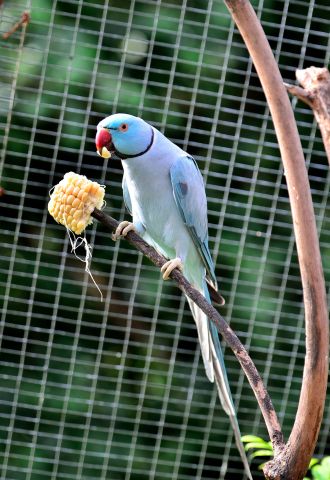
When selecting a cage for an Indian Ringneck, it is important to consider the bird’s behavior and needs. They are very active and playful birds that need a spacious cage to flap their wings and hop from perch to perch. These birds are able to turn around in their cage and flap their wings without hitting any of the cage’s sides. A cage that is too small can make the bird feel cramped and uncomfortable, leading to stress and behavioral problems.
“Even with a large cage, I take my ringneck out for hours of supervised play time. He needs that time out of his enclosure to really spread his wings.” – Angela, Indian Ringneck Owner
Due to their intelligence, Ringnecks are inquisitive and playful birds that need plenty of toys and activities to keep them entertained. A playtop on the cage is a great way to provide the bird with an area to play outside of their cage. This can help ensure that the bird doesn’t get bored and develop destructive habits.
Feeding and Hydration Requirements
Indian Ringnecks require a balanced and varied diet to maintain their health. They should have access to fresh water at all times, and their water bowl should be cleaned and refilled daily. The cage should have at least two doors for food and water and one as the main entrance. Most doors have clips, so once the bowls are securely placed into position, they cannot wiggle or move.
More Bird Cages from Amazon
AvianHQ.com is a participant in the Amazon Services LLC Associates Program.
As an Amazon Associate I earn from qualifying purchases.
What is a Good Sized Cage for 2 Indian Ringnecks?
Some breeders successfully house two birds together in the same cage, but it is important to monitor their behavior closely to ensure they are getting along.
If you are planning to house two Indian Ringnecks in the same cage, it is important to provide them with enough space to move around and exercise. A good sized cage for two Indian Ringnecks is at least 36″ x 36″ x 48″. However, it is important to note that the bigger the cage, the better it is for your birds.
The bar spacing should be no more than 5/8″ inches to prevent the birds from escaping or getting their heads stuck between the bars. The cage should also have at least three doors, with two used for food and water and one as the main entrance.
Inside the cage, provide your birds with perches at different heights to encourage exercise and movement. The perches should be made of natural wood and be of varying thicknesses to promote foot health. You can also add toys and other accessories to keep your birds entertained and mentally stimulated.
Frequently Asked Questions
What is the recommended size for an Indian Ringneck’s cage?
The recommended size for an Indian Ringneck’s cage is at least 24 inches long, 24 inches wide, and 36 inches tall. However, larger cages are always better for these active birds.
What are the minimum dimensions for an Indian Ringneck’s cage?
The minimum dimensions for an Indian Ringneck’s cage are 18 inches long, 18 inches wide, and 24 inches tall. However, these dimensions are not recommended for long-term housing.
How to determine the proper cage size for a parrot?
To determine the proper cage size for a parrot, consider the bird’s size, activity level, and behavior. A good rule of thumb is to provide a cage that is at least twice the bird’s wingspan in width and twice the bird’s length in height.
Can an Indian Ringneck be kept in a Cockatiel-sized cage?
An Indian Ringneck cannot be kept in a Cockatiel-sized cage. These birds require a larger living space due to their active nature and long tail.
What are the benefits of providing a large cage for an Indian Ringneck?
Providing a large cage for an Indian Ringneck allows them to exercise and play, which promotes physical and mental health. It also gives them enough space to stretch their wings and tail.
What are the consequences of keeping an Indian Ringneck in a small cage?
Keeping an Indian Ringneck in a small cage can lead to physical and behavioral problems. It can cause stress, boredom, and aggression. It can also lead to health issues such as respiratory problems and feather plucking.

How much space should be in an Indian Ringneck’s cage for toys and perches?
A good rule of thumb is to provide enough space in an Indian Ringneck’s cage for them to move around comfortably and for toys and perches. The cage should have enough space for at least two perches of different sizes and enough toys to keep the bird mentally stimulated.
Should Ringnecks be caged all the time?
Ringnecks should be allowed out of their cage for at least a few hours each day to stretch their wings and interact with their owners. This helps keep them mentally and physically healthy.
Read our article on the Overview, Characteristics and Care of Indian Ringneck Parakeets
Conclusion
Choosing the right size and type of cage for an Indian Ringneck is essential for its health and happiness. The cage should be spacious enough to allow the bird to move around freely, stretch its wings and tail feathers. A minimum cage size of 36 inches high, 24 inches long, and 24 inches wide is recommended for a single bird. However, getting the biggest cage that fits your space and budget is always the best choice for your bird.
The cage should have a bar spacing of 5/8 inch or less to prevent the bird from escaping or getting stuck between the bars. The cage should also be made of durable materials that can withstand the bird’s beak and claws. Stainless steel, wrought iron, and powder-coated cages are all good options.
In addition to the cage size and type, the cage should also be equipped with perches, toys, and food and water dishes. The perches should be of different sizes and textures to provide the bird with exercise and prevent foot problems. The toys should be safe, non-toxic, and stimulating to keep the bird entertained and mentally stimulated. The food and water dishes should be easily accessible and cleaned daily to prevent the growth of bacteria and other harmful organisms.
It is always a good idea to consult with a vet or veterinarian to ensure that the cage you choose is appropriate for your bird’s specific needs. They may be able to provide additional tips and recommendations based on your bird’s size, age, and behavior.
Overall, providing an Indian Ringneck with a spacious, safe, and stimulating environment is crucial for its physical and mental well-being. By following the guidelines and recommendations outlined in this article, bird owners can ensure that their feathered friend lives a long, healthy, and happy life.

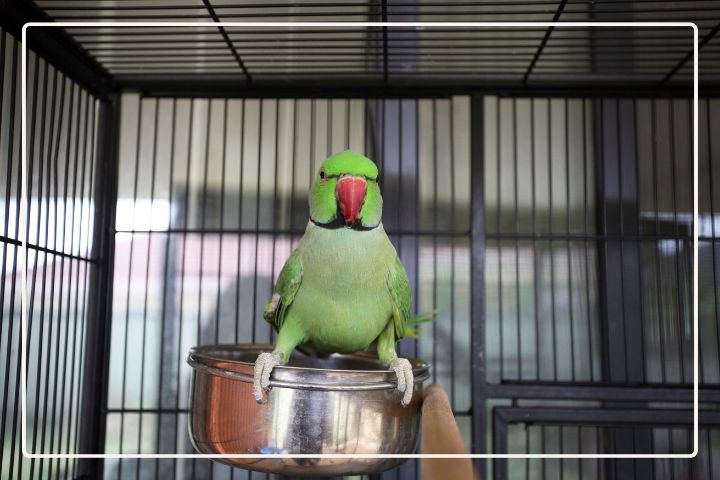






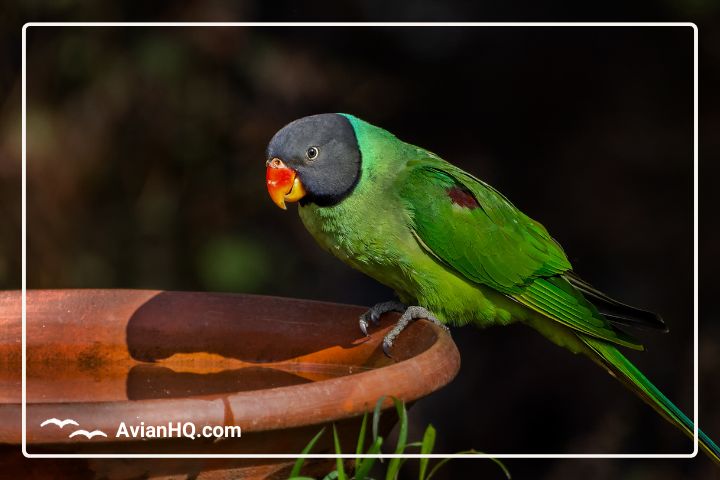
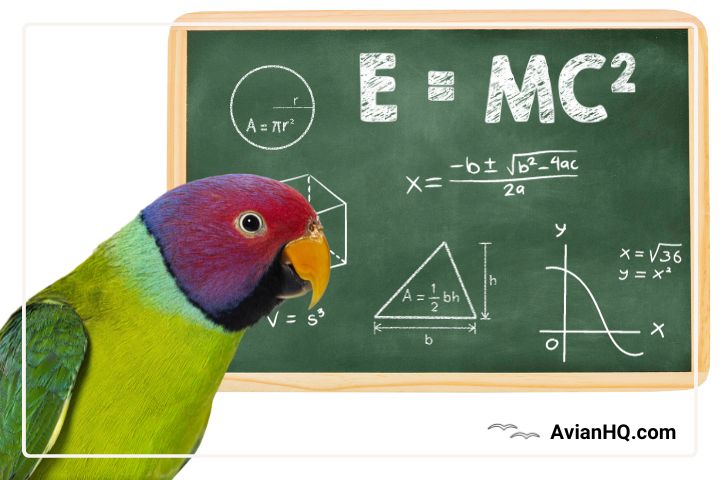
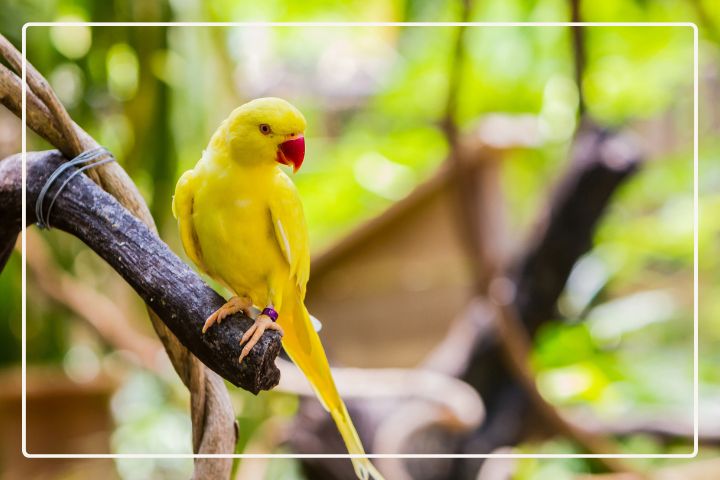
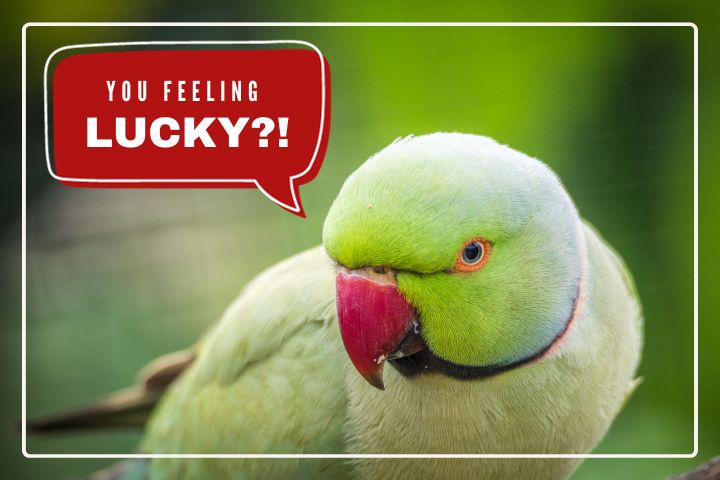
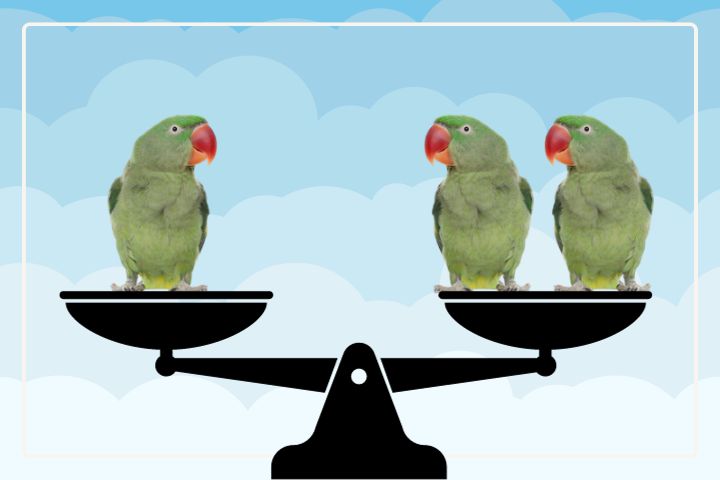
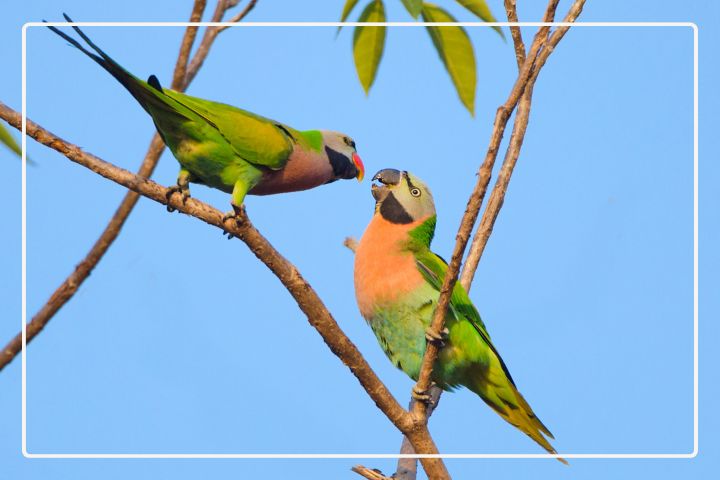
where i can buy zyrtec-d online buy diclofenac 50 mg buy generic seroquel xr can i buy zyrtec d online can i buy clonidine over the counter buy zyrtec liquid gels where to buy zyrtec buy seroquel no prescription buy zyrtec bulk zofran where to buy benadryl in singapore where to buy zofran online avalide (irbesartan and hydrochlorothiazide)tablets